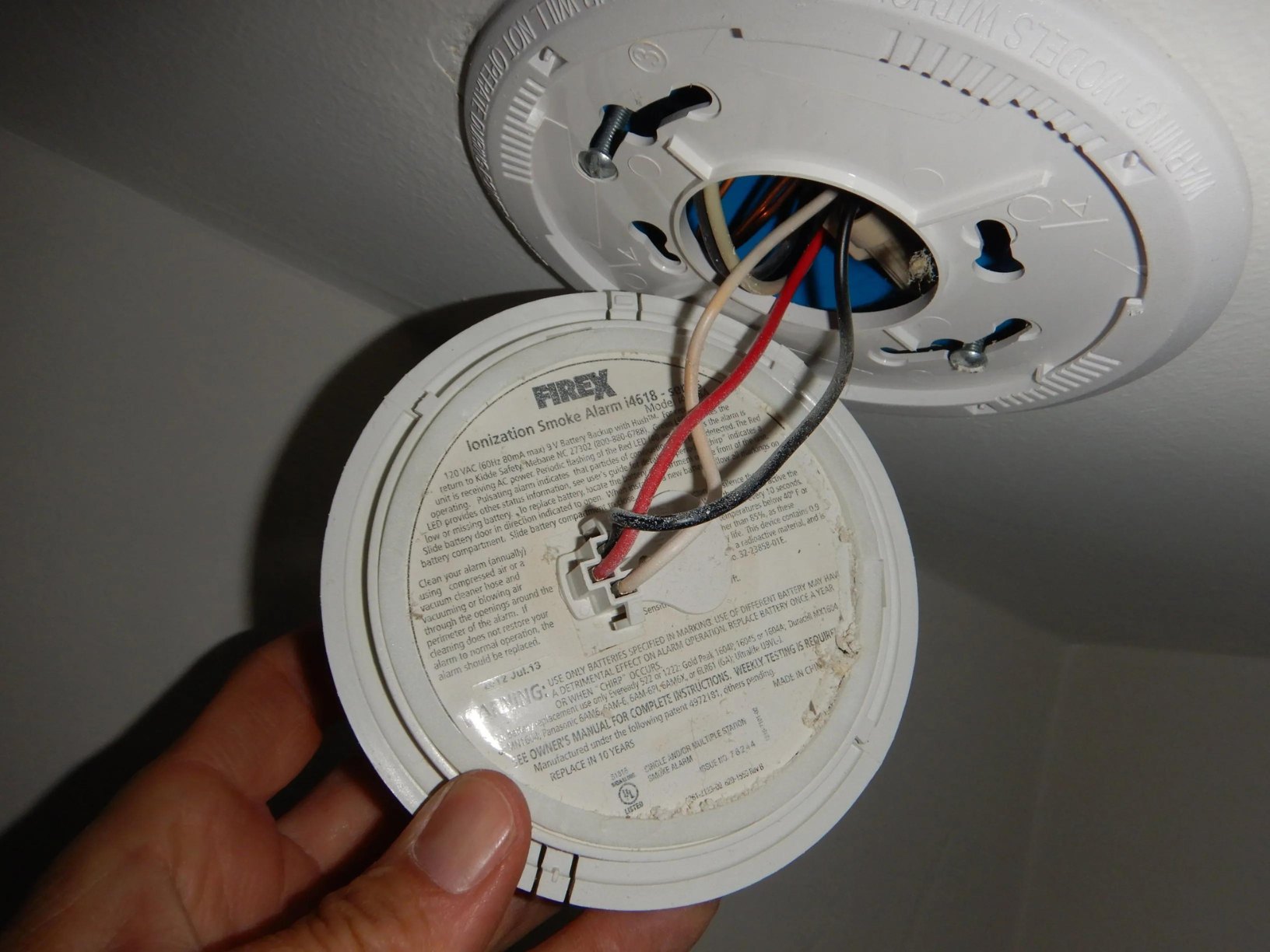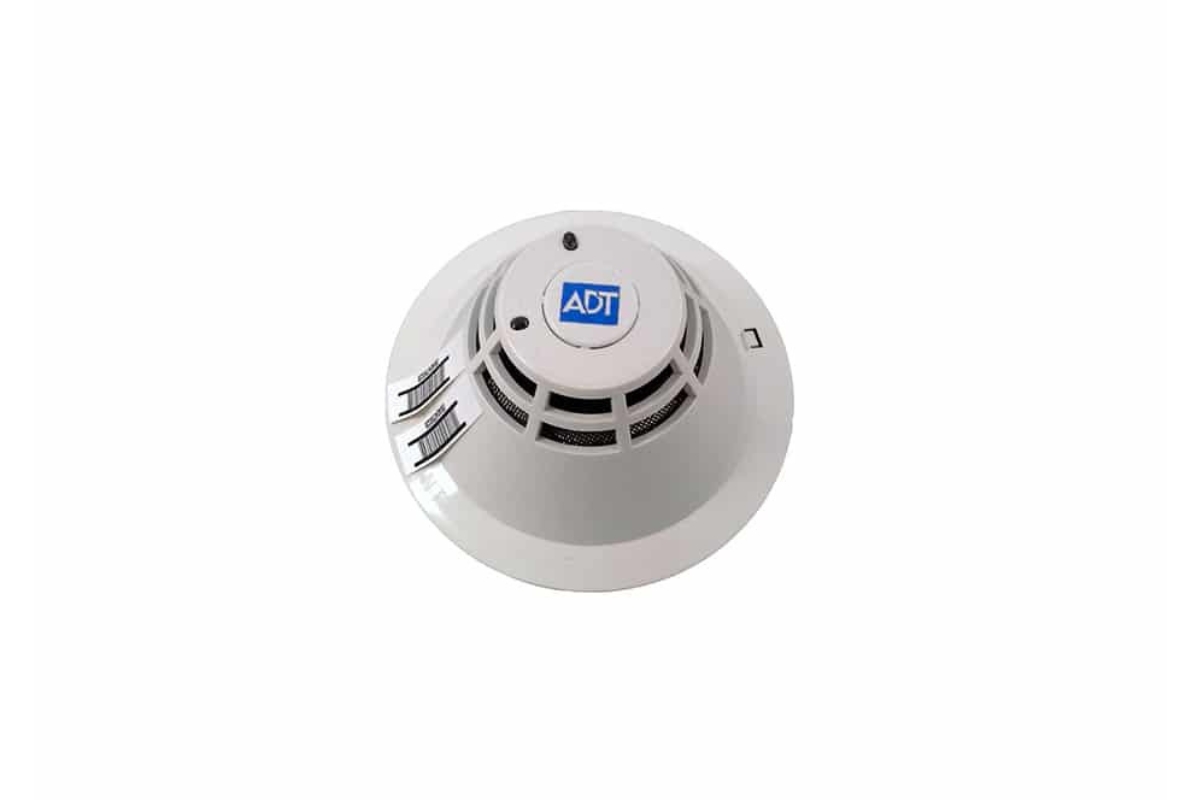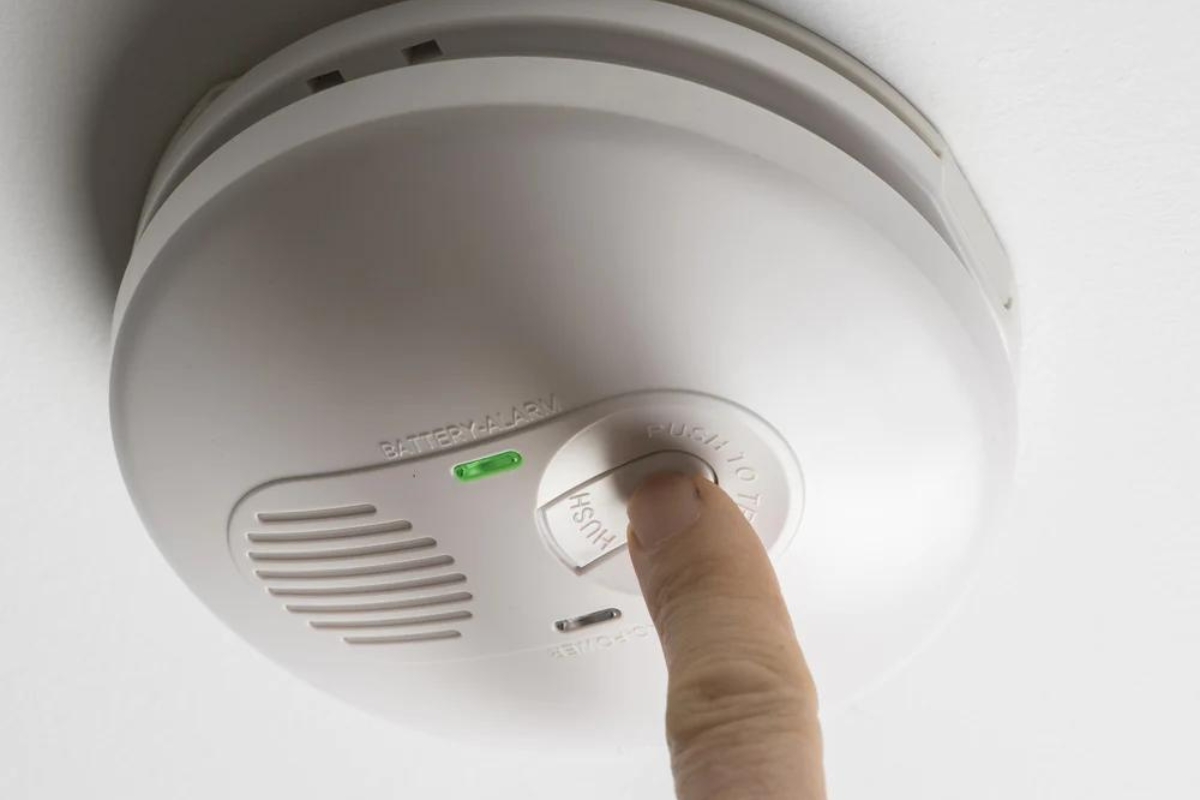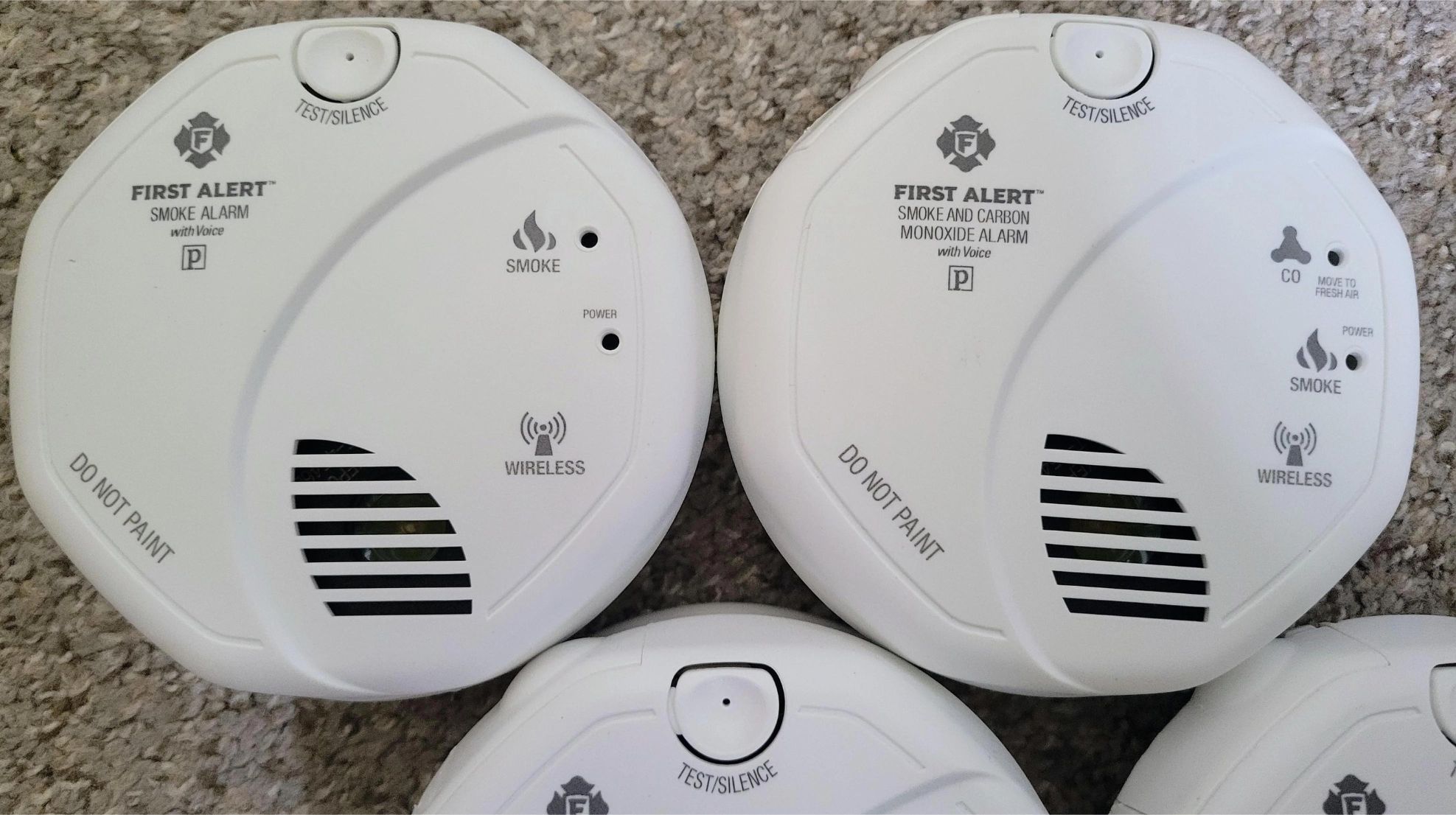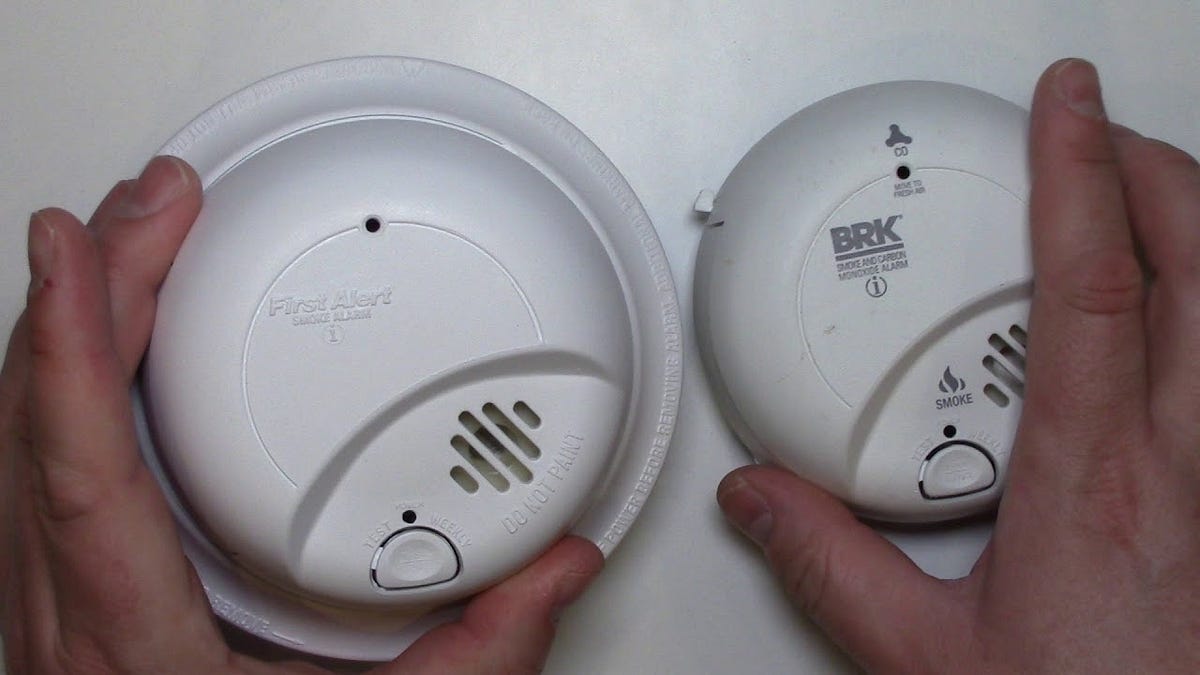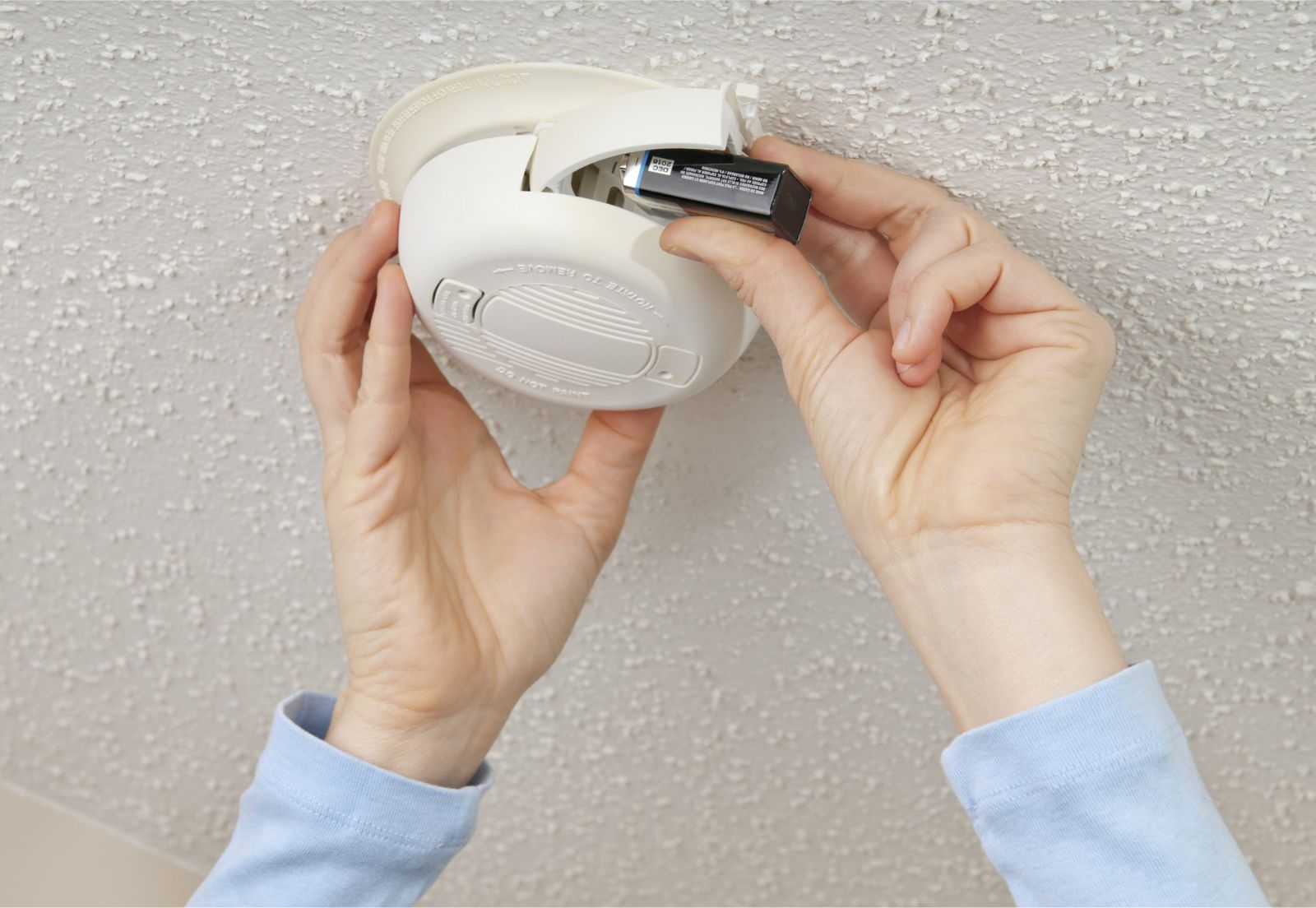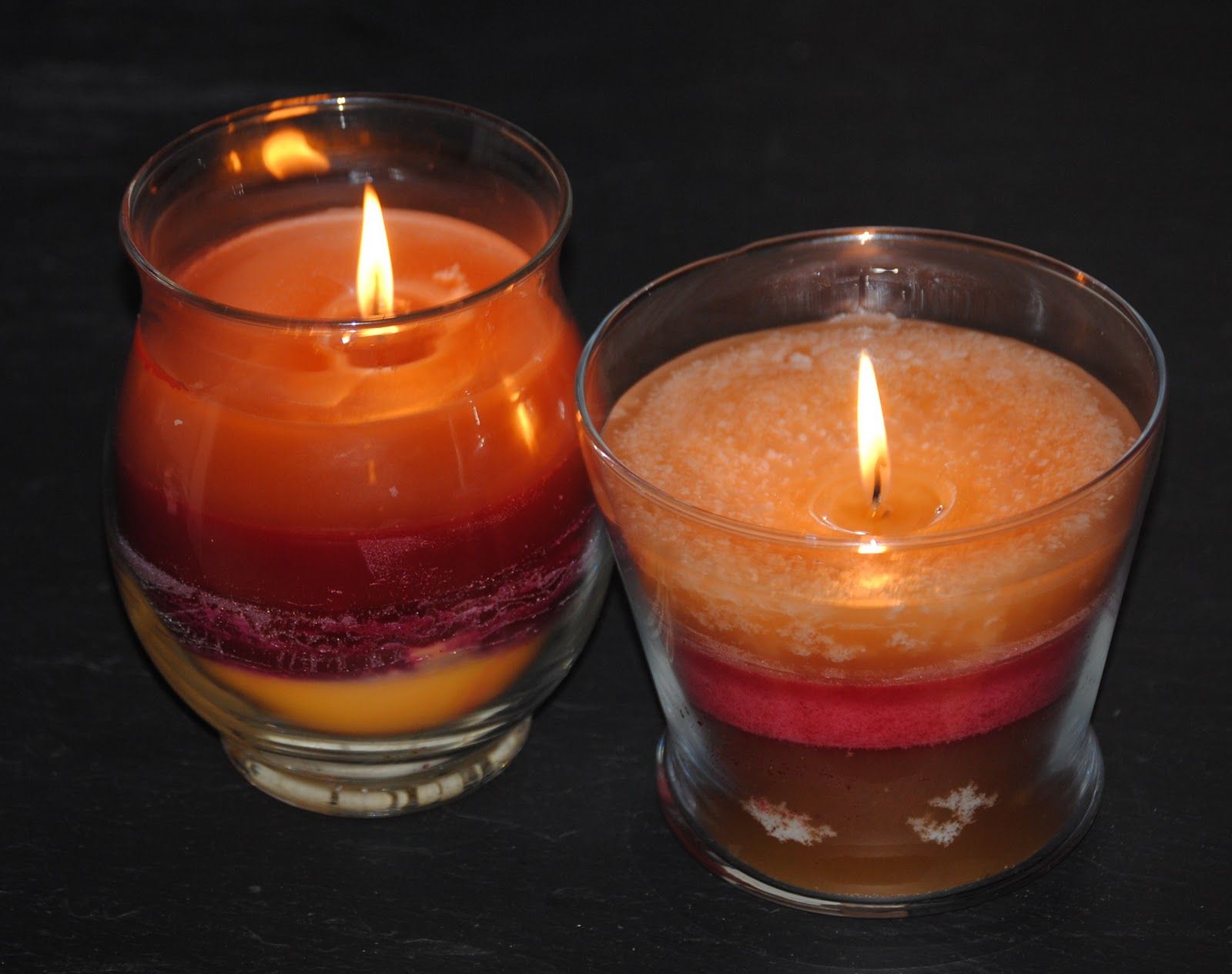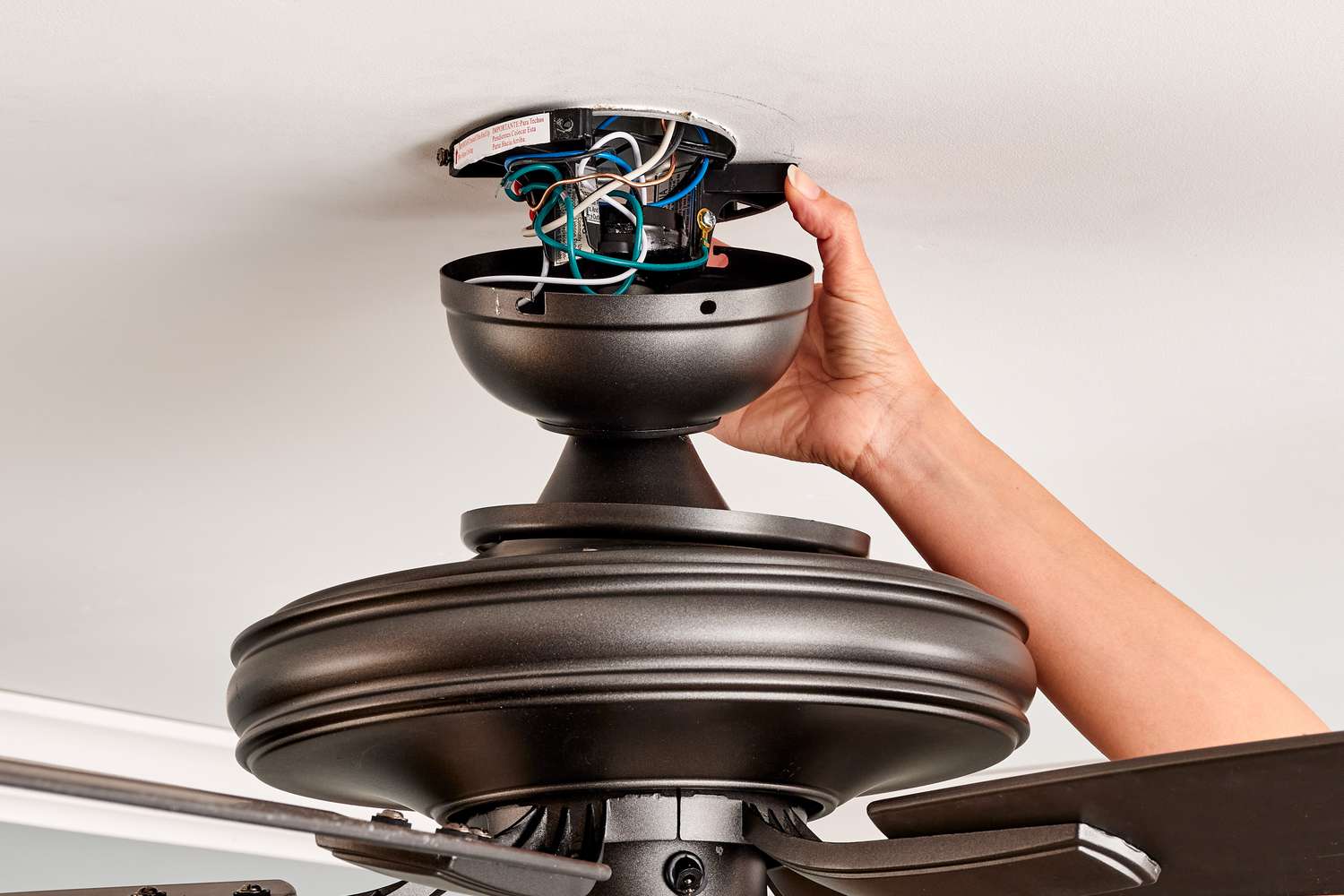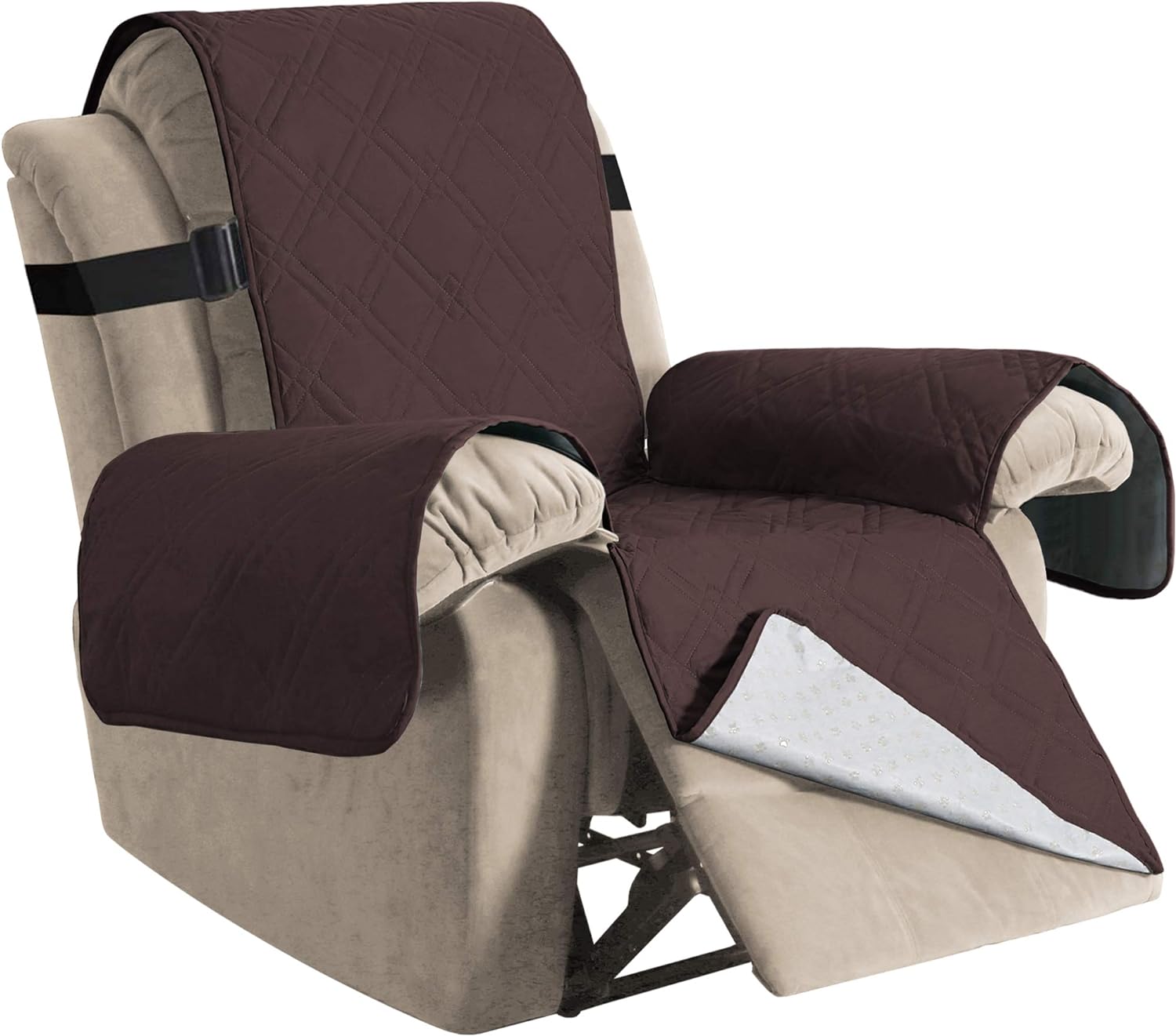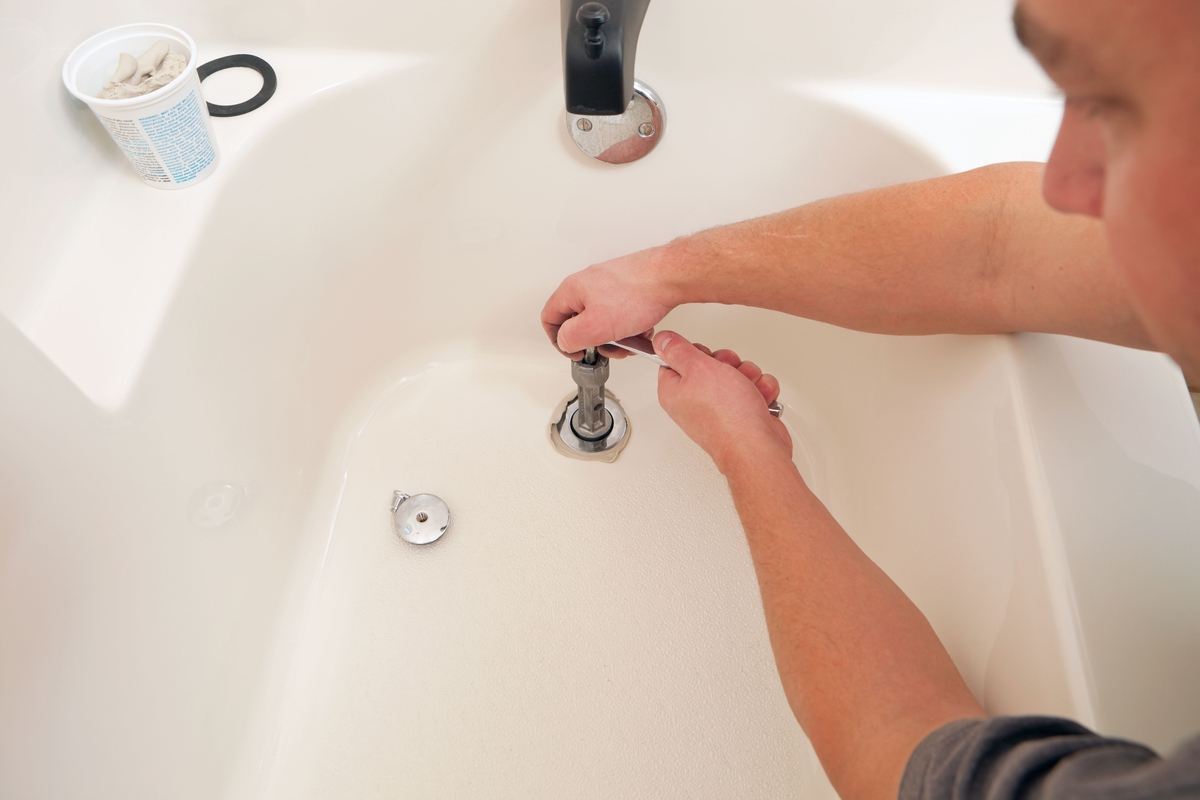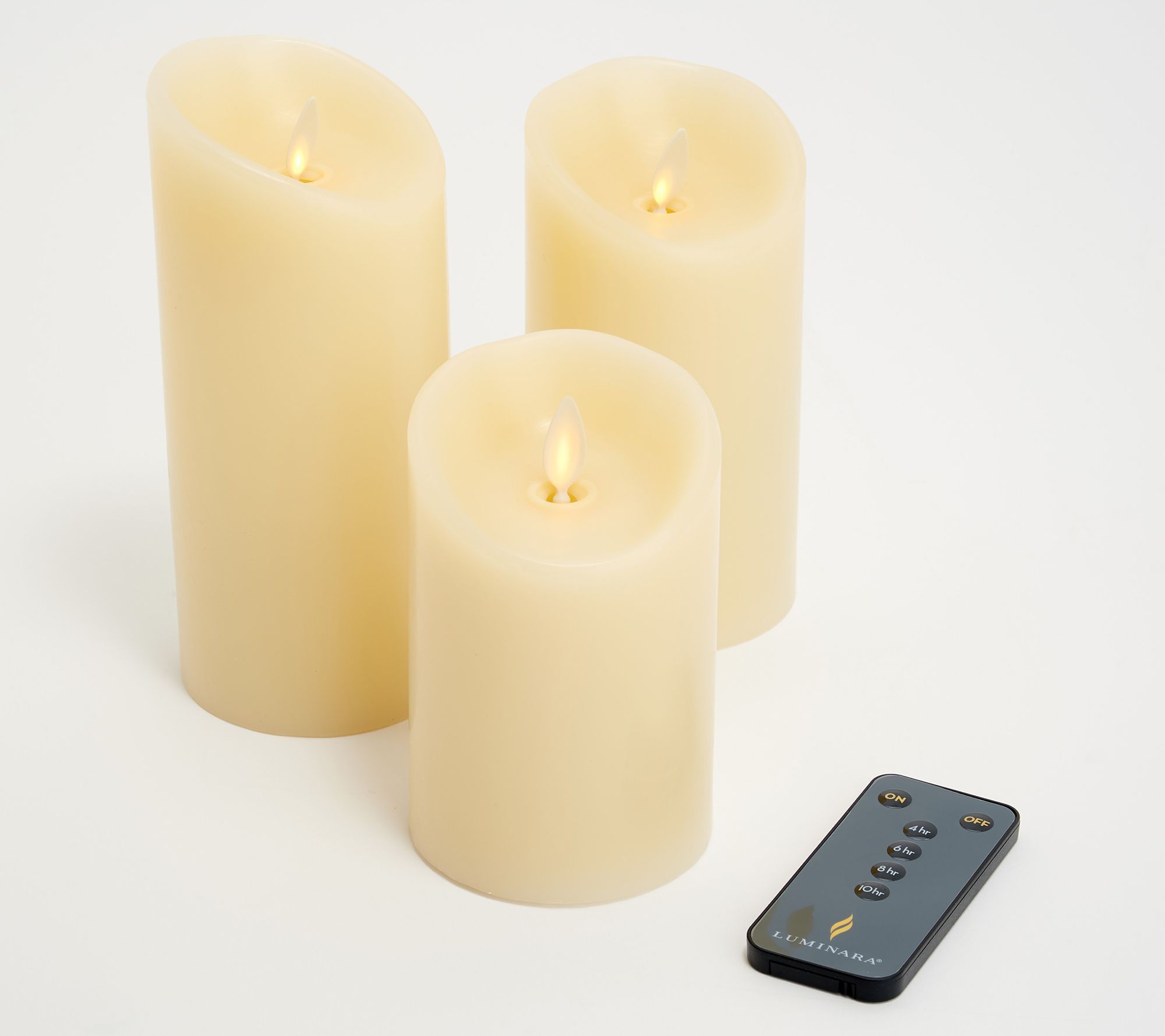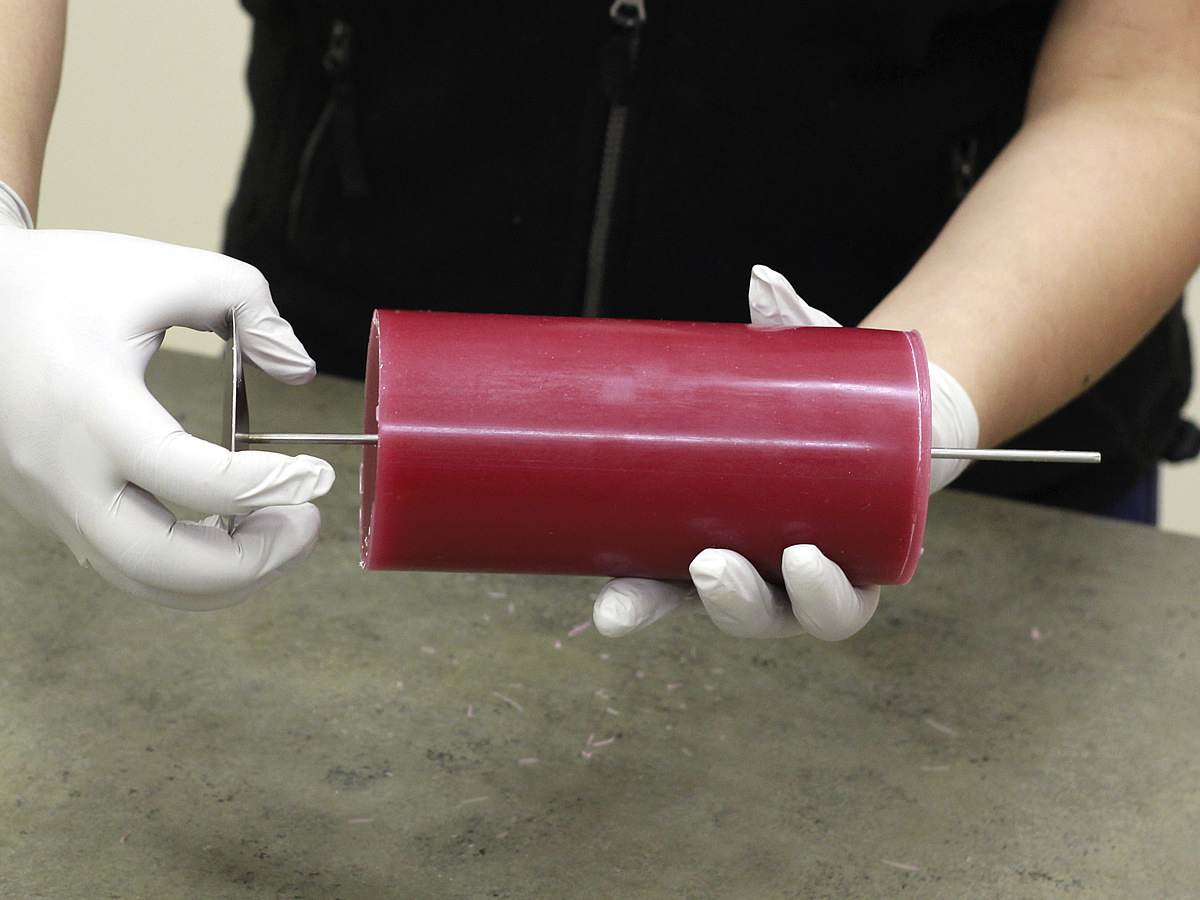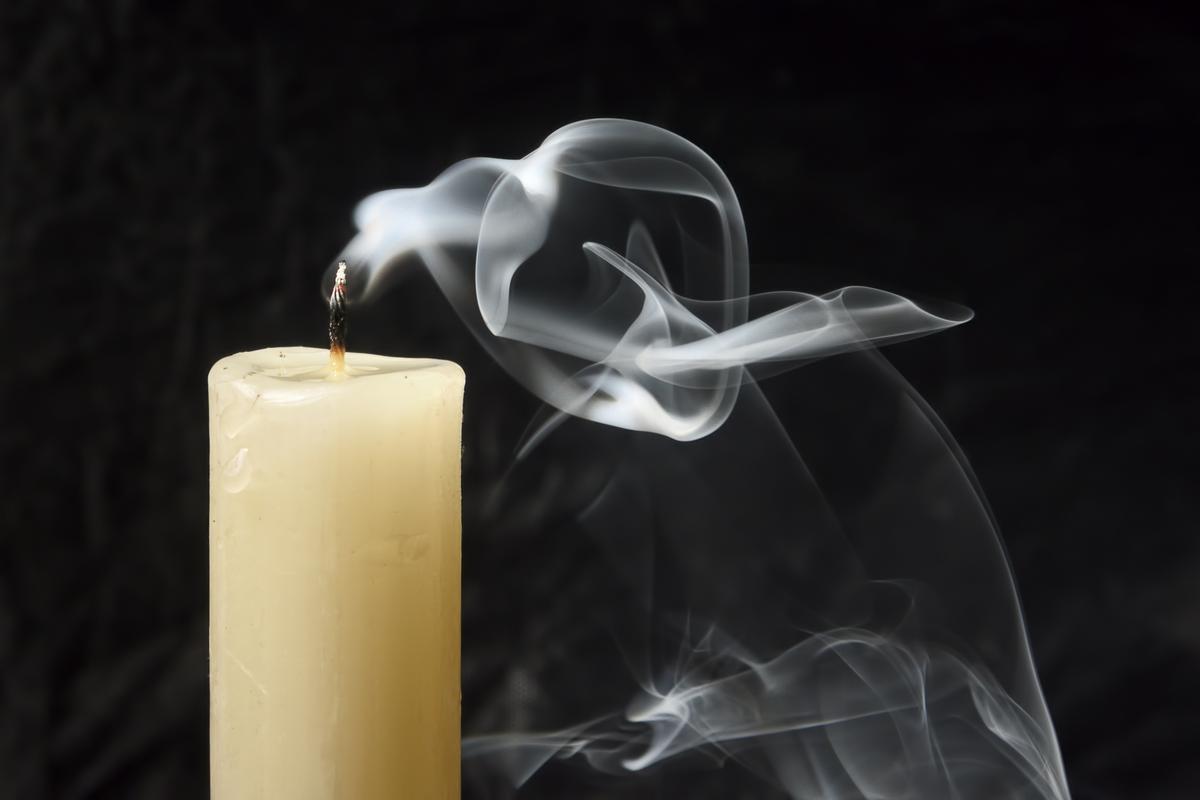

Articles
How To Stop Candles From Smoking
Modified: February 23, 2024
Discover effective techniques and tips to prevent candles from smoking with our informative articles. Master the art of candle burning and create a smoke-free environment effortlessly.
(Many of the links in this article redirect to a specific reviewed product. Your purchase of these products through affiliate links helps to generate commission for Storables.com, at no extra cost. Learn more)
Introduction
Nothing creates a cozy and calming ambiance quite like the warm glow of a flickering candle. Whether you’re winding down after a long day, creating a romantic setting, or simply enjoy the aroma of scented candles, they can add an extra touch of comfort and tranquility to any space. However, there’s nothing more frustrating than when that serene atmosphere is disrupted by a smoky candle.
Candle smoking occurs when a candle emits excessive amounts of soot or emits a thick, dark smoke. Not only can this be a nuisance, but it can also cause health concerns, leave unsightly stains on walls and ceilings, and decrease the overall lifespan of your candles. But fear not! There are several steps you can take to prevent candles from smoking and ensure you can enjoy the full benefits of your favorite flame without any downsides.
In this article, we’ll dive into the common causes of candle smoking and provide you with practical tips and techniques to stop candles from smoking. Whether you’re a candle enthusiast or just looking for ways to improve your home’s ambiance, these helpful strategies will ensure smooth-sailing candlelit moments.
So, join us as we explore the world of candles and learn how to keep them burning beautifully, without any unwanted smoke!
Key Takeaways:
- Choose high-quality candles made from natural materials like soy or beeswax to minimize smoke and soot, and always trim the wick to ¼ inch for a controlled burn.
- Utilize accessories such as candle toppers and snuffers to create a regulated environment around the flame and ensure a graceful, smoke-free extinguishing process.
Read more: How To Stop Candles From Tunneling
Understanding the Causes of Candle Smoking
Before we dive into the solutions to prevent candle smoking, it’s important to understand the root causes behind this frustrating phenomenon. By knowing what leads to the excessive soot or smoke, we can address those issues directly and create an environment where candles burn cleanly and efficiently.
There are several factors that contribute to candle smoking:
- Low-quality or improperly made candles: Poorly crafted candles with low-quality ingredients tend to produce more smoke and soot. Look for candles made from high-quality materials such as soy or beeswax, which tend to burn cleaner and produce less smoke.
- Untrimmed wicks: If the wick of a candle is too long, it is more likely to produce smoke and soot. Long wicks can’t draw up the wax efficiently, causing an incomplete burn and increased emissions. Regularly trimming the wick to around ¼ inch can help prevent smoking.
- Improper candle placement: Placing candles in drafty areas or near air vents can disrupt the airflow around the flame, leading to smoking. Avoid placing candles near open windows or in areas with a lot of air movement.
- Using candles in rooms or spaces with poor ventilation: Insufficient airflow can cause candles to smoke. Make sure rooms are well-ventilated when burning candles, or consider alternative ventilation options like using fans or opening windows to improve air circulation.
Understanding these causes is crucial in finding effective solutions to prevent candle smoking. In the next sections, we will explore helpful tips and techniques that address these factors and ensure smoke-free candle experiences.
Tips for Preventing Candle Smoking
Preventing candle smoking requires a combination of careful candle selection, proper maintenance, and creating the ideal environment for clean burning. Here are some helpful tips and techniques to ensure your candles burn smoothly without any smoke:
- Choose high-quality candles: Invest in candles made from high-quality materials such as soy wax or beeswax. These candles tend to produce less soot and smoke compared to cheaper alternatives.
- Trim the wick: Before lighting a candle, make sure to trim the wick to around ¼ inch. This ensures a controlled burn and reduces the chances of smoke and soot formation.
- Use a candle snuffer: Instead of blowing out a candle, which can cause smoke and disturb the wick, use a candle snuffer to extinguish the flame gently.
- Place candles in a draft-free area: Avoid placing candles in areas with a lot of drafts or airflow, as this can disrupt the flame and lead to smoking. Keep candles away from open windows, fans, or air vents.
- Utilize candle toppers: Consider using a candle topper or lid when burning candles. These accessories help create a controlled environment around the flame, preventing excess airflow and reducing the chances of smoke.
- Burn candles for a sufficient amount of time: If a candle is not burned long enough, it can create a tunneling effect, leaving unburned wax along the sides. This can lead to an uneven burn and increased smoke production. Ensure that you burn candles long enough for the entire top layer to become liquid before extinguishing the flame.
- Keep candles clean: Dust and debris on the surface of the candle can contribute to smoking and soot formation. Regularly clean the surface of your candles to ensure a clean burn.
By following these tips, you can create the perfect conditions for your candles to burn cleanly and without any smoke. Now that you know how to prevent candle smoking, let’s explore some additional considerations when it comes to choosing the right candles.
Choosing the Right Candle
When it comes to preventing candle smoking, choosing the right type of candle is essential. Here are some factors to consider when selecting candles:
- Choose candles made from high-quality materials: Opt for candles made from natural materials like soy wax or beeswax. These types of candles tend to burn cleaner and produce less smoke compared to candles made from petroleum-based paraffin wax.
- Look for cotton wicks: Candles with cotton wicks are known to burn more cleanly and produce less soot compared to those with metal or lead-core wicks. Be sure to check the labeling or product descriptions to ensure the wicks are made of 100% cotton.
- Consider unscented candles: While scented candles can create a pleasant atmosphere, they often contain additional additives that can contribute to smoke and soot formation. If you’re especially concerned about candle smoking, choosing unscented candles can be a safer option.
- Opt for smaller candles: Larger candles tend to generate more heat, which can increase the chances of smoking. Choosing smaller-sized candles will not only alleviate this issue but also ensure a more controlled and consistent burn.
- Read reviews and recommendations: Before purchasing any candles, take the time to read customer reviews and recommendations. Look for feedback specifically mentioning smoke or soot issues, and consider the experiences of others when making your decision.
By keeping these factors in mind, you can select candles that are less likely to smoke and provide a clean burning experience. Now that you know how to choose the right candle, let’s move on to the importance of trimming the wick.
Trimming the Wick
One of the most important steps in preventing candle smoking is properly trimming the wick. The length of the wick plays a significant role in the candle’s burn and can affect the amount of smoke and soot produced.
Here’s how to trim the wick effectively:
- Use the right tools: Invest in a good pair of wick trimmers or scissors specifically designed for candle wicks. These tools make it easier to trim the wick to the desired length.
- Trim before each use: Before lighting a candle, trim the wick to approximately ¼ inch in length. This ensures a controlled and even burn, minimizing the chances of smoke and soot formation.
- Remove any debris: Make sure to remove any debris, such as charred wick or leftover ashes, from the candle surface before trimming. This will ensure a clean cut and prevent unnecessary smoke.
- Avoid trimming the wick too short: While it’s important to trim the wick, avoid cutting it too short. If the wick is too short, the flame may struggle to draw up enough wax, leading to an incomplete burn and increased smoking.
- Dispose of trimmed wick properly: After trimming the wick, dispose of the trimmed pieces in a safe manner, such as placing them in a designated container. This helps prevent any accidental fire hazards.
Regularly trimming the wick ensures a cleaner and more efficient burn. By taking this simple step, you can significantly reduce the chances of candle smoking and enjoy a more enjoyable candlelit experience. Now, let’s explore the proper placement of candles to prevent smoking.
Read more: How To Stop A Smoke Detector From Chirping
Proper Candle Placement
The placement of candles in your space is crucial when it comes to preventing candle smoking. By choosing the right locations for your candles, you can minimize the chances of draft interference and create an optimal burning environment. Here are some tips for proper candle placement:
- Avoid drafty areas: Drafts can disrupt the flame and cause smoking. Avoid placing candles near open windows, doorways, or areas with a lot of air movement. This includes placing candles near fans, air conditioning vents, or heating vents.
- Choose stable surfaces: Place your candles on stable surfaces that are level and heat-resistant. This ensures that the candle will burn evenly and reduces the risk of accidental tipping or falling.
- Keep candles away from flammable objects: Ensure there is ample distance between the candle and any flammable materials such as curtains, furniture, or paper. This reduces the risk of potential fire hazards and enhances the safety of your candle burning experience.
- Create a focal point: Use candles as a focal point in your space by strategically placing them in areas where they can be showcased. This adds aesthetic value to your decor while ensuring the candles are away from any potential hazards.
- Consider candle holders or containers: Utilize candle holders or containers that are designed to enhance the stability and safety of the candles. They can also help catch any melted wax, preventing it from dripping onto surfaces or causing excessive smoking.
By following these guidelines, you can ensure proper candle placement, reducing the chances of smoking while creating a visually appealing ambiance in your space. In the next section, we’ll explore the benefits of avoiding drafty areas when burning candles.
Trim the wick to 1/4 inch before lighting to prevent smoking. Keep the candle away from drafts and avoid burning for more than 4 hours at a time.
Avoiding Drafty Areas
When it comes to preventing candle smoking, avoiding drafty areas is of utmost importance. Drafts can disrupt the airflow around the flame, causing erratic burning and increased chances of smoke and soot formation. Here are some tips to help you avoid drafty areas when burning candles:
- Close windows and doors: Before lighting your candles, make sure to close any windows and doors in the room. This helps minimize the airflow and prevents drafts from interfering with the flame.
- Seal any cracks or gaps: Check for any cracks, gaps, or openings in the room where you plan to burn candles. These can act as sources of drafts, allowing air to flow in and disturb the burning process. Seal any gaps with weatherstripping or caulk.
- Use door draft stoppers: If you have doors that tend to create drafts, consider using door draft stoppers to block the airflow. This helps maintain a more controlled environment for your candles.
- Avoid high-traffic areas: Try not to place candles in areas with heavy foot traffic, as people moving around can create air currents that disrupt the flame. Opt for quieter areas where the chances of drafts are minimized.
- Shield candles from fans or air vents: If you have fans or air vents in the room, make sure to position your candles away from them. The airflow generated by these sources can cause the flame to flicker and increase the likelihood of smoking.
By being mindful of drafty areas and taking steps to minimize airflow, you can create a stable and controlled environment for your candles to burn without smoking. In the next section, we’ll explore the use of candle toppers as an additional solution to prevent smoke and soot formation.
Using Candle Toppers
If you’re looking for an effective solution to prevent candle smoking, consider using candle toppers. Candle toppers are accessories that sit on top of the candle, creating a barrier between the flame and the surrounding air. This helps regulate the airflow and minimize the chances of smoke and soot formation. Here’s how to use candle toppers effectively:
- Select the right size: Make sure to choose a candle topper that fits properly on your candle. It should cover the entire surface area of the candle, leaving no gaps. This ensures maximum effectiveness in controlling the airflow.
- Place the topper on the candle: Once you’ve selected the appropriate topper, simply place it on top of the candle before lighting it. Ensure that the topper is secure and does not wobble or slide off during burning.
- Enjoy the benefits: The candle topper creates a controlled environment around the flame, reducing the impact of drafts and minimizing smoking. It helps regulate the oxygen flow to the candle, promoting a cleaner and more efficient burn.
- Monitor the flame: While using a candle topper can help prevent smoking, it’s important to monitor the flame periodically. If the flame appears too low or struggles to burn, remove the topper and adjust the airflow accordingly.
- Remove the topper before extinguishing the candle: When it’s time to extinguish the candle, remove the topper carefully to avoid any accidental contact with the flame. Use a candle snuffer or gently blow out the flame, ensuring that the topper is placed aside safely.
Candle toppers not only aid in preventing smoke and soot formation but also add a decorative element to your candles. They come in various designs and materials, allowing you to customize your candle aesthetics while improving the burning experience. In the next section, we’ll explore another helpful tool for extinguishing candles without creating smoke or disturbance: candle snuffers.
Using Candle Snuffers
For a graceful and smoke-free way to extinguish your candles, consider using a candle snuffer. Candle snuffers are tools specifically designed for safely and efficiently putting out candle flames. They eliminate the need for blowing out the candle, which can often result in smoke and disturbance to the wick. Here’s how to use a candle snuffer effectively:
- Select the right type of snuffer: Candle snuffers come in various styles and materials, including metal, glass, or ceramic. Choose one that suits your preferences and complements your décor.
- Position the snuffer over the flame: When you’re ready to extinguish the candle, hold the snuffer a few inches above the flame. Ensure that the snuffer covers the entire flame without touching the wick or any wax.
- Gently press down: Using a slow and controlled motion, gently press the snuffer down onto the flame. This cuts off the oxygen supply, causing the flame to go out smoothly without producing smoke or leaving a trail of soot.
- Wait a moment: Keep the snuffer in place for a few seconds after snuffing out the flame. This allows any remaining smoke or fumes to dissipate before removing the snuffer.
- Remove the snuffer: Once you are confident that the candle flame is completely extinguished, lift the snuffer away from the candle. Be cautious as the snuffer may be hot, so handle it with care.
Candle snuffers are not only an effective tool for preventing smoke and maintaining a pristine wick but also add an elegant touch to your candle rituals. By using a snuffer, you can enjoy a cleaner and more peaceful experience while prolonging the life of your candles. In the next section, we’ll explore additional alternative solutions to consider in your quest to prevent candle smoking.
Read more: How To Stop Smoke Detector From Beeping
Other Alternative Solutions
In addition to the tips and techniques mentioned earlier, there are a few alternative solutions you can experiment with to further prevent candle smoking. These methods involve additional accessories or modifications that can enhance your candle-owning experience. Here are some alternative solutions to consider:
- Use a candle warming plate: Instead of lighting the candle directly, you can place it on a candle warming plate. These plates gently warm the wax, releasing the fragrance without the need for an open flame. This eliminates the risk of smoke or soot formation entirely.
- Try flameless candles: Flameless candles provide a safe and smoke-free alternative to traditional candles. They are battery-powered and often equipped with LED lights that mimic the natural flickering flame. Without an actual flame, they don’t produce any smoke or soot.
- Invest in candle lamps: Candle lamps are decorative holders that encase the entire candle, protecting it from drafts and minimizing smoke. These lamps often feature glass or metal structures that create a cozy glow while preventing any disturbance to the flame.
- Consider candle gel: Candle gel is a unique alternative to traditional wax candles. Made from a jelly-like substance, candle gel burns cleanly and produces minimal smoke. It allows for endless customization possibilities, making it an exciting option for candle enthusiasts.
- Opt for electric wax warmers: Electric wax warmers are devices specifically designed to melt scented wax cubes or tarts. They use an electric heat source to release the fragrance, eliminating any concerns about smoke or soot.
These alternative solutions offer different approaches to candle burning while providing a smoke-free experience. Depending on your preferences and the ambiance you desire, you can explore these options to find the best fit for your needs.
Now that we’ve explored various methods to prevent candle smoking, let’s conclude our article with a summary and final thoughts.
Conclusion
Preventing candle smoking is essential for maintaining a serene and enjoyable atmosphere while ensuring the longevity of your candles. By understanding the causes of candle smoking and implementing the appropriate solutions, you can create an environment where your candles burn cleanly and beautifully. Here’s a recap of the key points we’ve discussed:
Firstly, it’s important to choose high-quality candles made from natural materials like soy or beeswax. These tend to produce less smoke and soot compared to lower-quality alternatives. Trimming the wick to approximately ¼ inch before each use is crucial in promoting a controlled burn and reducing smoking. Additionally, proper candle placement away from drafty areas will help maintain a steady flame and minimize airflow disruptions.
Utilizing accessories such as candle toppers or candle snuffers can further enhance your smoke-free candle experience. Candle toppers create a regulated environment around the flame, while candle snuffers allow for a graceful and smokeless extinguishing process. These tools not only prevent smoke and soot but also add an elegant touch to your candle rituals.
If traditional candles pose challenges or concerns, you can explore alternative solutions like flameless candles, candle warming plates, candle lamps, or electric wax warmers. These options offer various ways to enjoy the ambiance and fragrance of candles without any smoke or soot emissions.
By implementing these tips, techniques, and alternative solutions, you can create a candle-burning experience that is both visually appealing and clean-burning. Say goodbye to the frustrations of candle smoking and enjoy the cozy and calming atmosphere that candles are meant to provide.
Remember, candle safety is paramount. Always follow the manufacturer’s instructions, never leave a burning candle unattended, and keep them out of reach of children and pets.
With these tools and knowledge, you can now confidently embark on a smoke-free journey with your favorite candles. So go ahead, light up, and enjoy the soothing ambiance they bring to your space!
Frequently Asked Questions about How To Stop Candles From Smoking
Was this page helpful?
At Storables.com, we guarantee accurate and reliable information. Our content, validated by Expert Board Contributors, is crafted following stringent Editorial Policies. We're committed to providing you with well-researched, expert-backed insights for all your informational needs.
